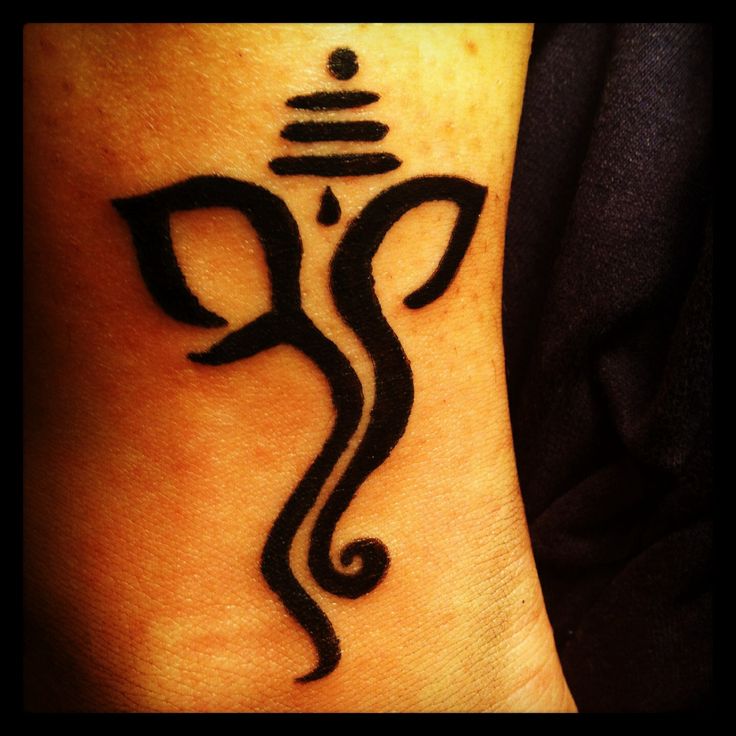7 Important Tips & Facts Before Getting A Tattoo
By Dr. Nikita Toshi +2 more

Get,

to manage your symptom
Get your,


4 Cr+ families
benefitted

OTP sent to 9988776655



You’ve successfully subscribed to receive
doctor-approved tips on
Whatsapp

Get ready to feel your best.

Hi There,
Download the PharmEasy App now!!


Register to Avail the Offer
Send OTPBy continuing, you agree with our Privacy Policy and Terms and Conditions

Hi There,
Sign up on PharmEasy now!!
Trusted by 4 crore+ families

OTP sent to 9988776655



You have unlocked 25% off on medicines




Code: NU25
By Dr. Nikita Toshi +2 more
A tattoo is a sort of body modification in which ink, pigment, or dye is injected into the dermis layer of the skin with a needle. To many people, tattoos are a way to express their personalities. Earlier, tattoos were a part of the rural and tribal tradition but today, it is seen as an act of rebellion, as freedom of expression, a medium to express one’s deepest feelings or to commemorate a remarkable memory.
However, although it is a popular art form, there are precautions to follow when it comes to getting a tattoo. Before you get a tattoo, you should know:

Table of Contents
This is perhaps the most critical point to remember. When getting a tattoo, if the needle used or the instrument in question is not adequately sterilized or cleaned, it can lead to infections, diseases borne from the blood such as Aids, HIV, Hepatitis B, Hepatitis C, Tetanus.
Allergic reactions are rare but they do happen. These can occur even after many years thanks to a dirty tattoo needle or instrument. These allergies are severe to deal with.
True allergic reactions to tattoos and ink are possible, although not very common. People with sensitive skin frequently have an allergic reaction to the prep procedure, which cleans and sterilizes the skin, rather than an allergic reaction to the ink or tattoo itself.
If the pigments used in the tattoo are not of good quality, then the chances of nodules forming in the tattooed region are higher. This is because it is the body’s defence mechanism that it forms nodules around anything that it sees as a threat or foreign object.
Reports have shown that tattooed areas tend to swell, burn or itch after an MRI. The side effects though are not long-lasting.
Tattoos are removable but it is an expensive, time-consuming and a painful process. Not only do you need to think your tattoo through but also remember that the skin region where the tattoo is done will never be the same.
Pre-requisite for getting a Tattoo
Most infections are the result of contaminated tattoo inks, unhygienic procedures in the tattoo studio (for example, as a result of poorly disinfected skin), or unhygienic behavior of people directly after having had a tattoo.
Dr. M.G. Kartheeka, MBBS, MD(Pediatrics)
Prepare ahead of time by researching tattoo designs you like and bringing as much reference material as you need to provide a clear description of your tattoo. Here are some other things to keep in mind while picking a tattoo design.
If you have a medical problem such as heart disease, allergies, diabetes, skin problems like eczema or psoriasis, a weak immune system, or a bleeding problem, talk to your doctor before getting a tattoo.
Dr. Ashish Bajaj, M.B.B.S., M.D. in Clinical Pharmacology and Toxicology
Tattoos take some after-care attention, but once they’ve healed, there are only a few things to keep in mind. When the scabs fade and the skin on the tattoo surface is the same texture as the rest of your skin, you’ll know your tattoo is healing properly.
Disclaimer: The information provided here is for educational/awareness purposes only and is not intended to be a substitute for medical treatment by a healthcare professional and should not be relied upon to diagnose or treat any medical condition. The reader should consult a registered medical practitioner to determine the appropriateness of the information and before consuming any medication. PharmEasy does not provide any guarantee or warranty (express or implied) regarding the accuracy, adequacy, completeness, legality, reliability or usefulness of the information; and disclaims any liability arising thereof.
Links and product recommendations in the information provided here are advertisements of third-party products available on the website. PharmEasy does not make any representation on the accuracy or suitability of such products/services. Advertisements do not influence the editorial decisions or content. The information in this blog is subject to change without notice. The authors and administrators reserve the right to modify, add, or remove content without notification. It is your responsibility to review this disclaimer regularly for any changes.

Leave your comment...
Comments